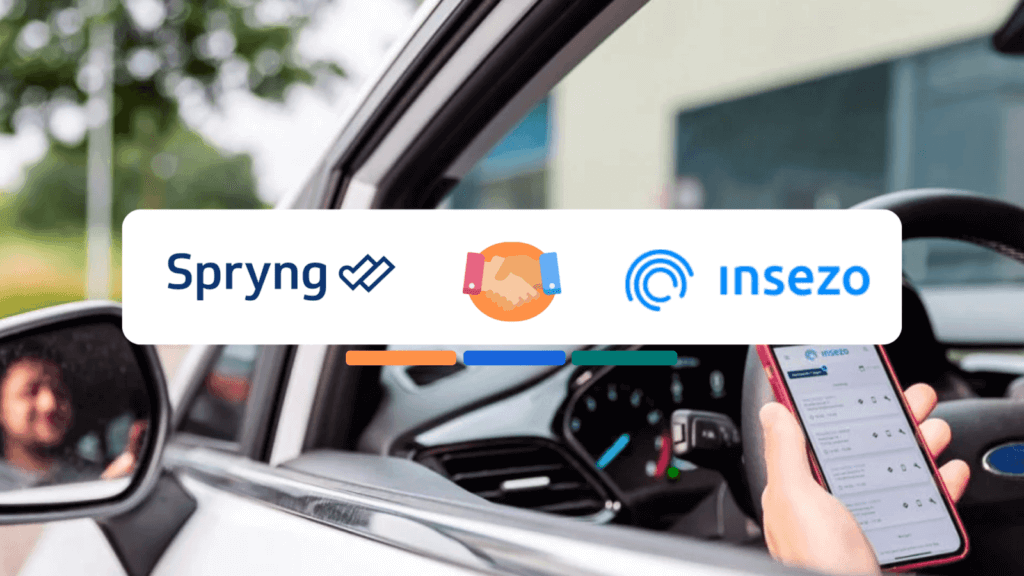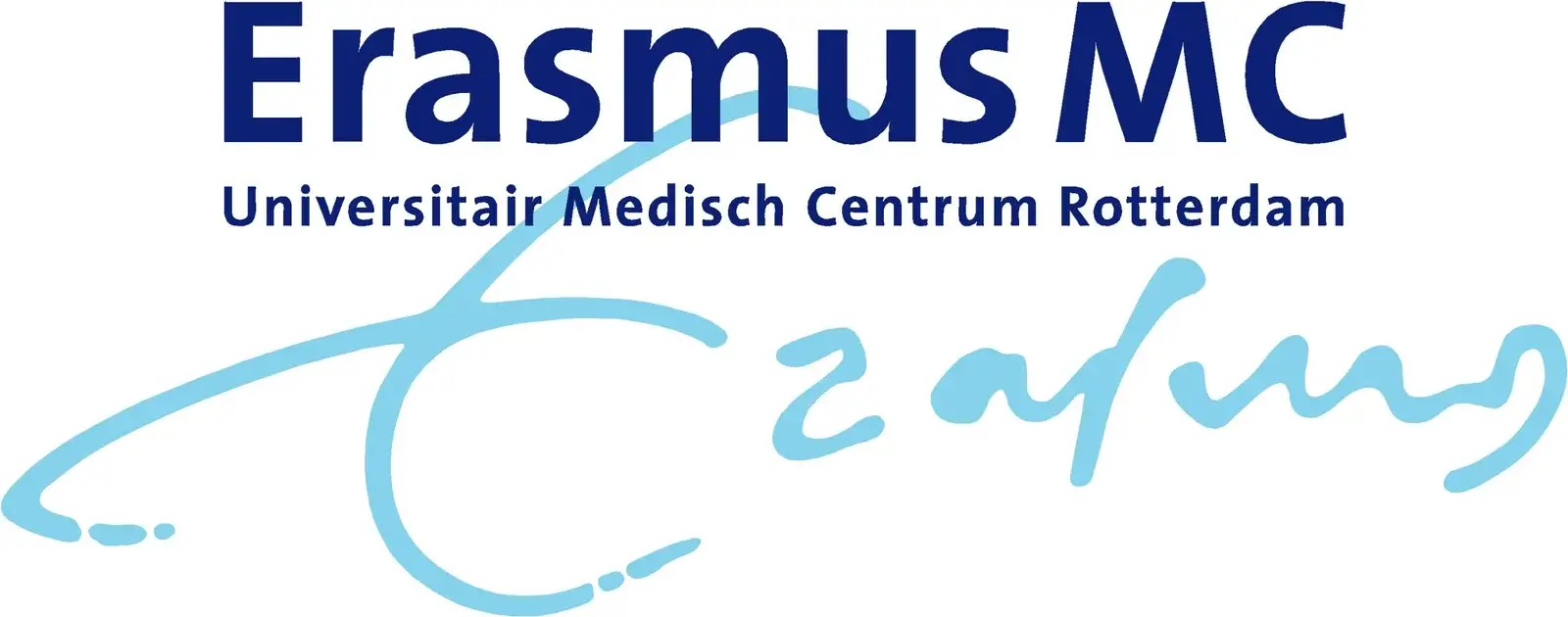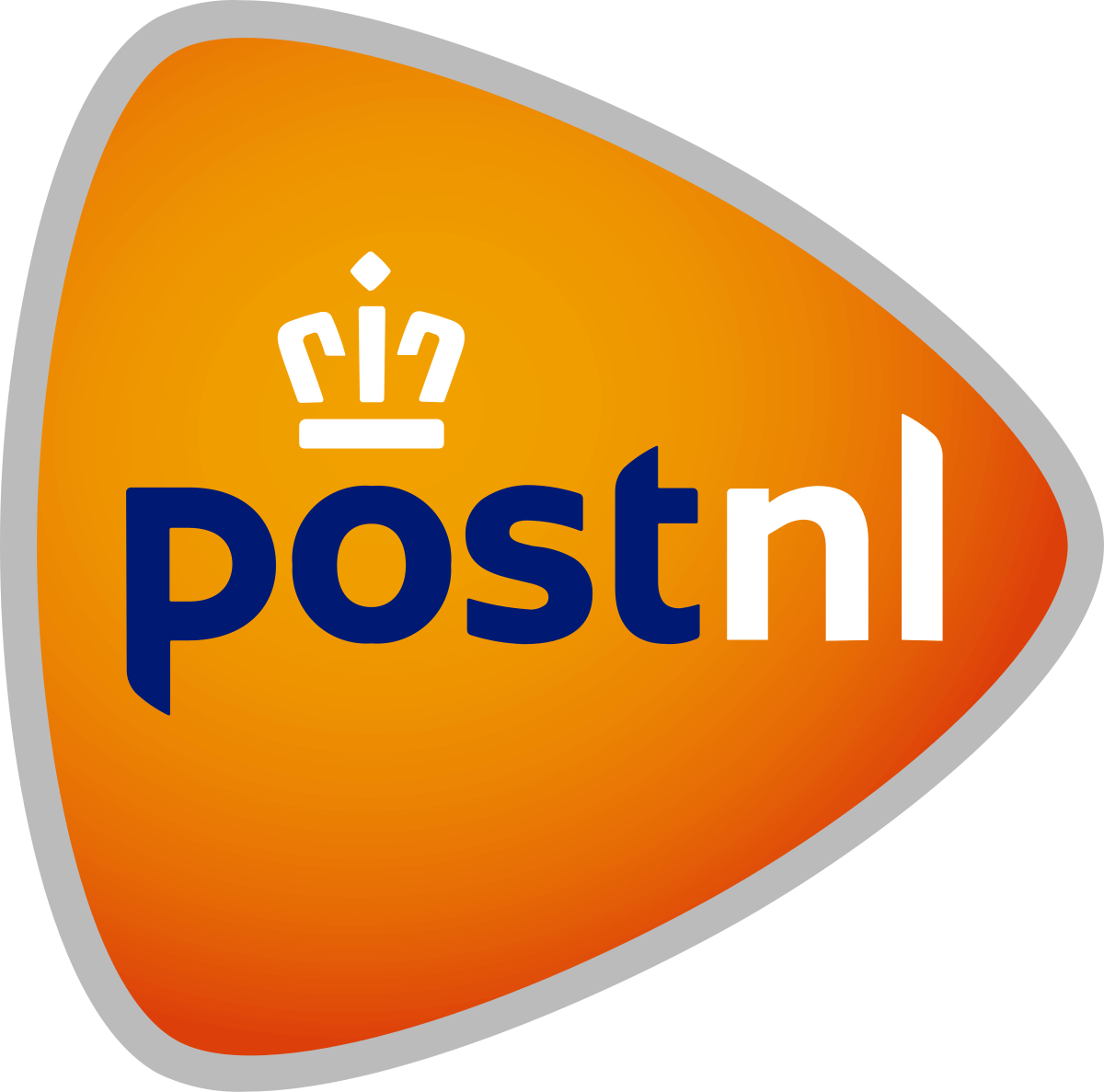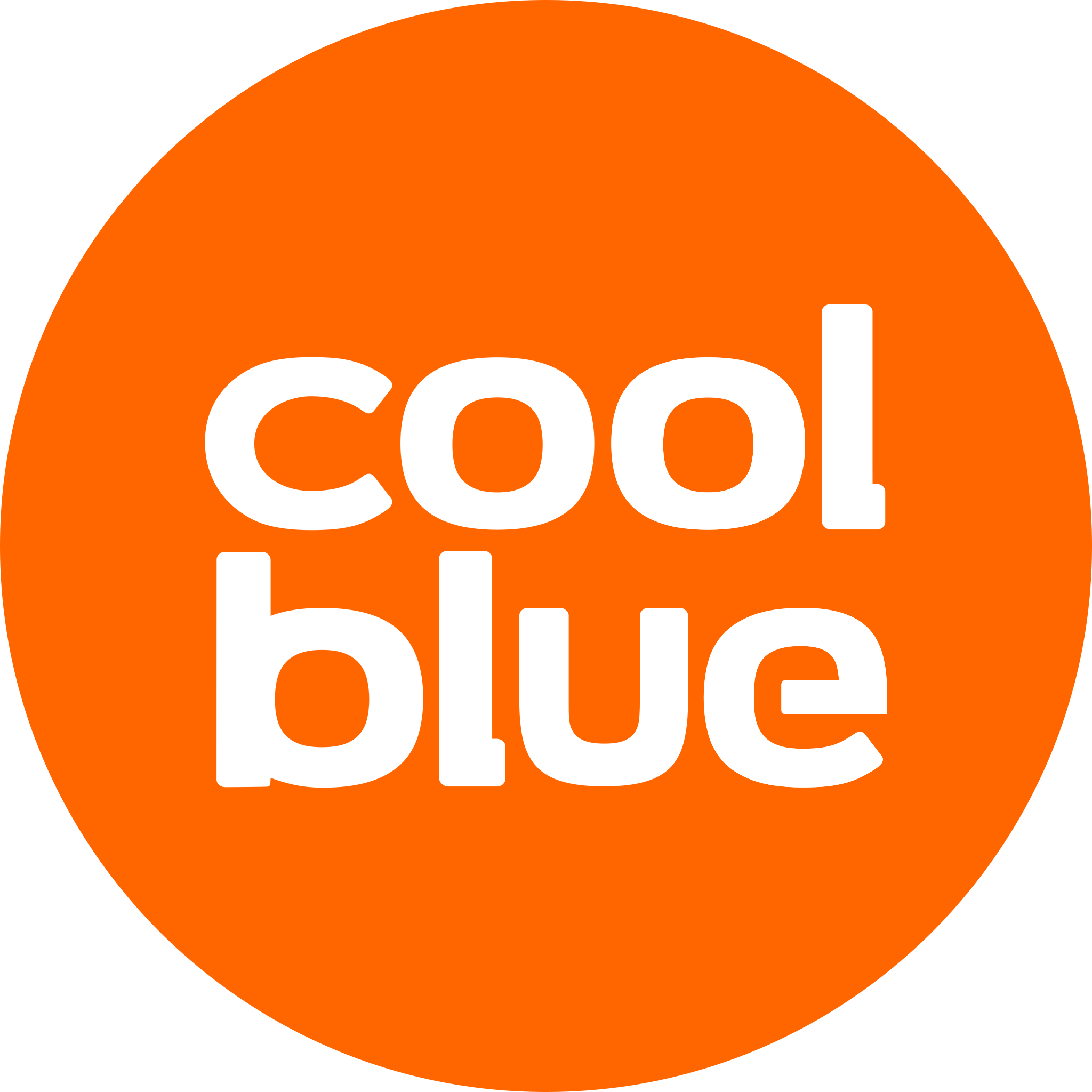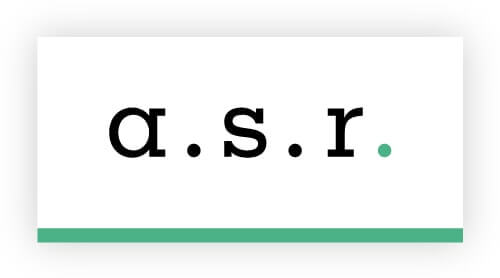Imagine your washing machine breaks down within a year of purchase. In that case, you naturally contact the seller, who then calls in a service team to provide a warranty, as consumers are legally entitled to at least a two-year warranty. However, this process is complicated because of the many parties involved in the service chain, regulations and overcrowded schedules.
Insezo’s service-oriented software tackles this challenge, offering users an overview and facilitating communication with end-users, all while maintaining control for companies. Spryng plays a crucial role in this collaboration. Kevin Lamers, Spryng’s marketing manager, discussed their partnership with Roël Aarnoudse, co-owner of the company.
Service processes are complicated and error-prone
To illustrate the significant value that SMS brings to Insezo, it is crucial to understand the operational workings of the service software. Let’s use the example of the broken washing machine again.
The washing machine is broken but is in the warranty period. The vendor or the vendor’s service company first processes the request, then estimates the problem and looks for a mechanic in the area. That technician must then schedule an appointment with the customer based on availability. This is the first time Spryng has added value in the customer journey. The appointment confirmation is sent via mail and SMS, fully automated.
If this process is handled manually and tracked in a manual manner, it is prone to errors. The error margins are large and insights are lacking. Insezo focuses on all bottlenecks in this process: dashboarding, lead time, links to ERP systems, communication. Moreover, data insights, such as the lead time of an application, are always missing when companies rely on Excel sheets. So Insezo not only provides relief in the process, but actually offers R&D departments insights.
The customer appointment is where proactive communication makes the difference
The complexity of service processes is not limited to the beginning of the service. The beginning of the process is the part managed by the companies themselves. Then it’s up to the technician and the consumer (in our case, the washing machine owner).
The schedules of mechanics are often jammed and there is a chance that the appointment made will be delayed. Therefore, the mechanic sends an SMS message 15 minutes before the appointment that they are on their way. In addition, the consumer receives an appointment reminder via SMS one day before the appointment.
Aarnoudse: “This seems like a simple solution, but it does make a big difference. Sending a mechanic to a closed door is very expensive and also messes up the planning. In addition, an appointment has to be rescheduled, and the process starts all over again.”
An SMS reminder has an average no-show reduction of up to 70%, significantly higher than an appointment reminder via email. This is because the average open rate of an e-mail is around 20%. The open rate for SMS is as high as 98%. Consumers simply cannot overlook the appointment reminder. One does not have to exclude the other,” emphasizes Lamers. “Precisely the combination of e-mail and SMS is, in my opinion, a successful strategy for Insezo.”
The cost savings from sending appointment reminders quickly amount to thousands of euros per month for a medium-sized company. By linking SMS to the software, Insezo prevents costly no-shows – and customers can also be helped faster.
Increase NPS with SMS
With Insezo’s automated SMS and e-mail messaging functionality, the end customer is automatically informed of the status of their service request at crucial moments in the process. Kevin Lamers, marketing manager at Spryng: “The secret to a long-term love relationship is often dedicated to ‘effective communication.’ The secret to a positive relationship with your customer is no different; it’s all about communication.”
Aarnoudse: “This is critical to the NPS score. If a consumer has to use a warranty, as a company you are already 1-0 behind because your product is broken within the warranty. Therefore, clear communication and proactive information is very important in this process. This has an impact on the NPS.”
Aarnoudse adds, ‘Moreover, if customers aren’t kept informed, they tend to call’. Consumers who don’t know where they stand are quick to pick up the phone. This creates extra pressure on customer service. Lamers: “Proactive communication not only ensures a positive NPS, but many people forget that it also reduces the pressure on customer service.”
Growing focus on consumer law provides opportunity for growth
What does the future with Spryng look like? Aarnoudse explains, ‘Currently, the warranty requirement for companies is two years. With the growing focus on consumer rights, it is expected that this will only grow to perhaps four or five years. This will make the process even more complex and more companies will need service software.”
“So we hope to serve more and more companies and continue to evolve our solution. Often we see that once customers work with us, they only realize how much they used to do manually or inefficiently.”
Aarnoudse concludes, “We therefore hope to continue to grow significantly in the coming years. Ultimately, together with our customers, we are also all working toward the same goal; a positive experience for the end customer.”

